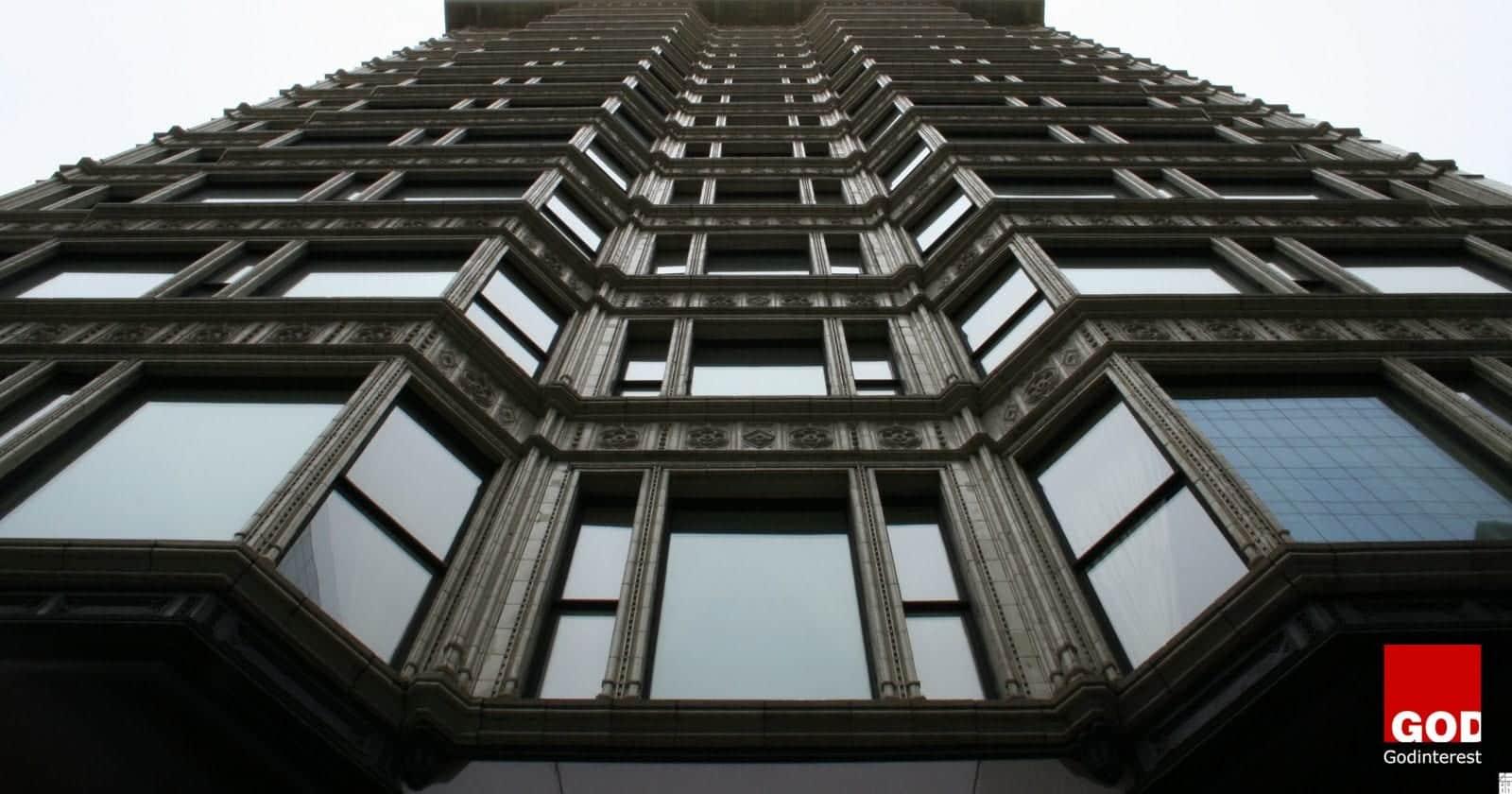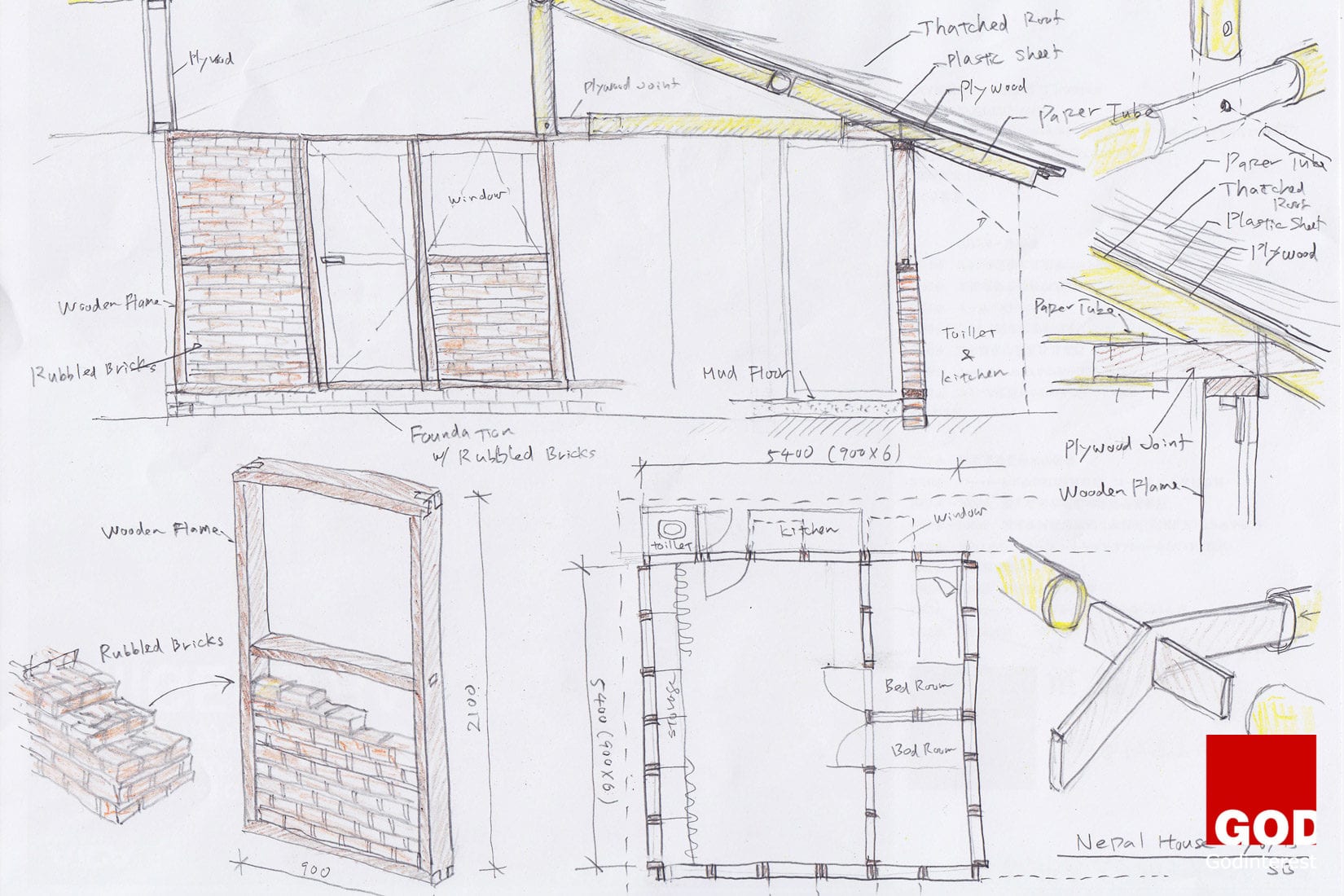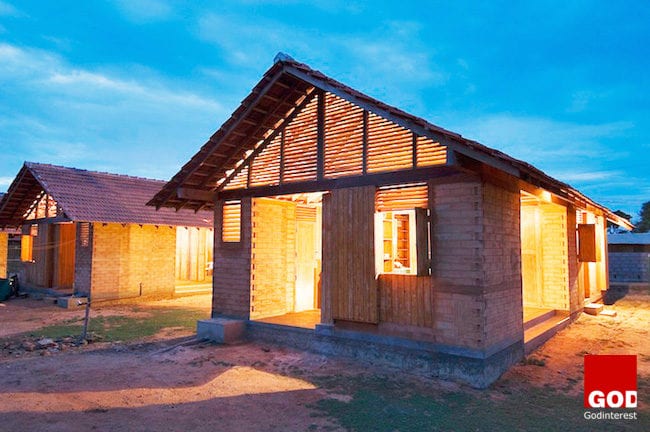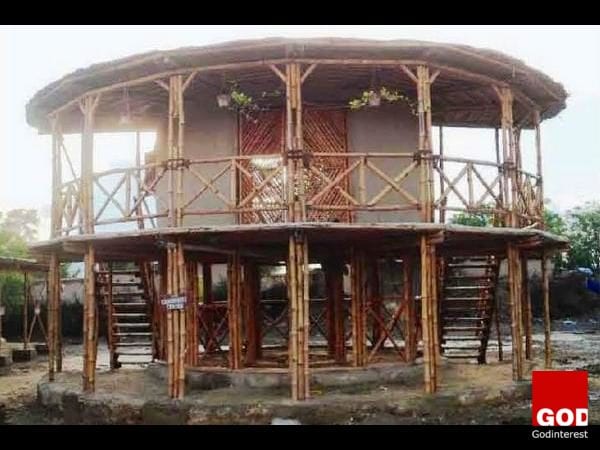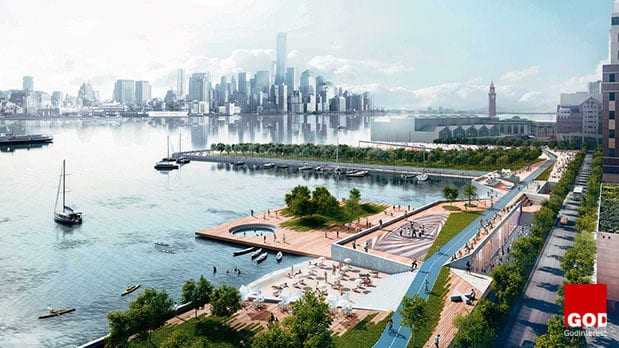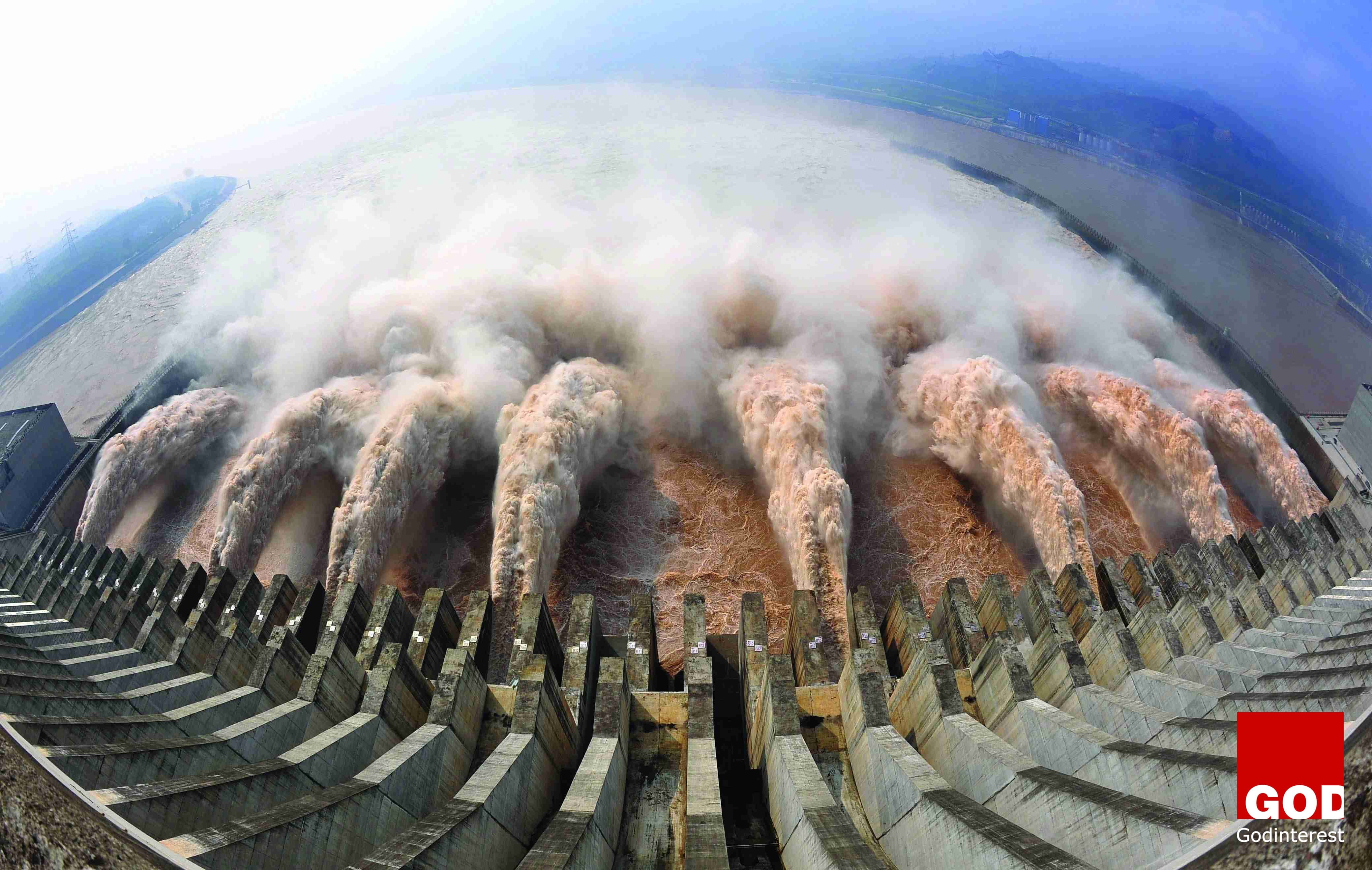Two years into Trump’s tumultuous presidency, evangelical Christians remain some of his most loyal supporters.
A pastor recently stated on a popular evangelical Christian TV show that he interceded on behalf of Donald Trump to get him elected as president of the United States–and that those busy at work trying to get him removed are “fighting against God.”
He said: “We stood in the courts of heaven, in the council of the Lord, and in that council, God told me to make a decree out of James 1:11, which is, ‘All flesh is as grass, and flower is as the glory of the grass.’
On the Jim Bakker Show, Robert Henderson said that he had a prophetic dream in March 2016 in which Trump asked him to promote his presidential campaign in heaven he said, to cheers from the studio audience and a cry of “wow” from the host.
“We did that and that’s exactly what happened.”
Henderson was promoting his book Prayers and Declarations that Open the Courts of Heaven, which was advertised during the segment.
“We did that and that’s exactly what happened,” he said, to cheers from the studio audience and a cry of “wow” from the host.
Henderson was promoting his book Prayers and Declarations that Open the Courts of Heaven, which was advertised during the segment and retails for $25. It comes with a three-lesson DVD set.
Its mission statement describes how it the church “must become the government God intended instead of just a place of meeting needs,” and that nations should “shift from their present state into a kingdom culture.”RELATED STORIES
White Evangelicals Are Still the Heart of Trump’s Base
Trump has been a divisive figure within the evangelical community, with some prominent evangelicals – like Jerry Falwell, Jr., the president of Liberty University – staunchly defending Trump and his policies. A recent Pew Research poll found that 69 percent of white evangelicals supported him. This figure has been as high as 80 percent during his presidency. Others still, like Beth Moore, who has a large following of mostly female evangelicals have openly oppose Trump. And some leaders, like Rick Warren, the pastor of Saddleback megachurch in Orange County, California, which serves more than 20,000 congregants on a weekly basis, have expressed mixed feelings about Trump.
Donald Trump Facts
- His full name is Donald John Trump.
- Donald Trump is 72 years old, he was born on 14th June 1946 in New York City, New York.
- He has been married three times. First to Ivana Zelnickova from 1977-1991, then to Marla Maples from 1993-1999, and Melania Knauss from 2005 to present.
- He is the second youngest of five children.
- Trump does not smoke nor drink. The death of a sibling, his older brother Red Jr., urged Donald toward these decisions.
- He is of German and Scottish ancestry.
- Trump’s family fortune began when his grandfather Frederick Trump pulled in a fortune by operating restaurants and boarding houses in the boom towns of Seattle and Klondike, Canada.
- He attended the New York Military Academy aka NYMA to whom he credits much of his success to.
- Trump attended Fordham University, Wharton School at the University of Pennsylvania and graduated Wharton in 1968 with a Bachelor of Science degree in economics.
- Trump avoided being drafted into the military by getting four student deferments. After being determined twice to be fit for duty, he got a 1-Y medical deferment in October of 1968. Then in December 1969 he received a high placement number in the draft lottery that exempted him from service.
- His first real estate venture was with his family’s company, Elizabeth Trump and Son, where he was given control of in 1971 and renamed it The Trump Organization. The project ended up in controversy when the Justice Department in 1973 accused the company of discrimination against Blacks. Admitting no wrongdoing, an agreement between the company and DOJ was struck to resolve the issue.
- Donald Trump made his bones, or made his first really big real estate deal happened in Manhattan with the remodeling of the Grand Hyatt Hotel in 1978.
- His signature base of operations, Trump Tower, was completed in 1983.
- Trump has never filed for personal bankruptcy, but six times he’s filed for bankruptcy for his business properties between 1991 and 2009.
- Donald Trump owns and operates around 18 golf courses around the world.
- At one time, Trump was part owner of three major beauty pageants, from 1996-2015 he partly owned Miss Universe, Miss USA & Miss Teen USA.
- From 2005 until 2010, Trump owned and ran the Trump University LLC, where his courses covered real estate training.Report this ad
- He once ran the Donald J. Trump Foundation established in 1988, but was shut down by the NY State Attorney General’s office in 2013 for multiple violations.
- Trump became an executive producer of the reality show hit, The Apprenticefrom 2003 until present. The show has been on hiatus due to his presidential run.
- Donald is a WWE, World Wrestling Entertainment fan.
- He has five children from three of his marriages. Three children from his first marriage to Ivana Trump, Donald Jr, Ivanka and. From Trump’s third wife, he has a daughter called Tiffany. His fifth child was born on 20th March 2006, a boy named Barron.
- Donald Trump has eight grandchildren.
- As of November 2016 his net worth is $3.7 billion.
- Donald Trump won the Republican nomination for President of the United States on 19th July 2016.
- He became the 45th President of the United States on 9th November 2016.







